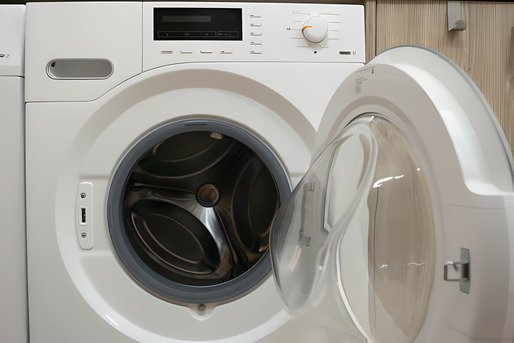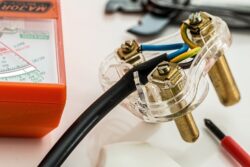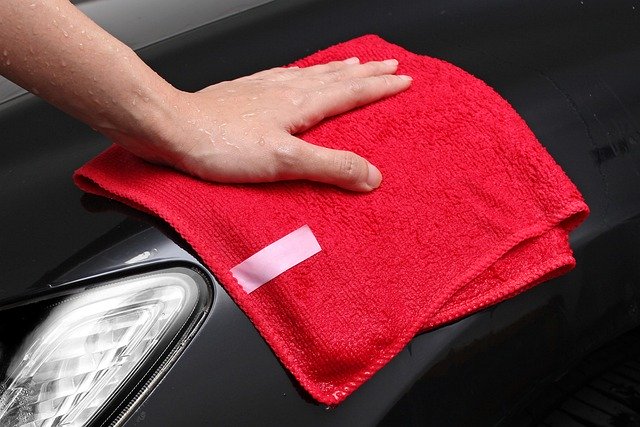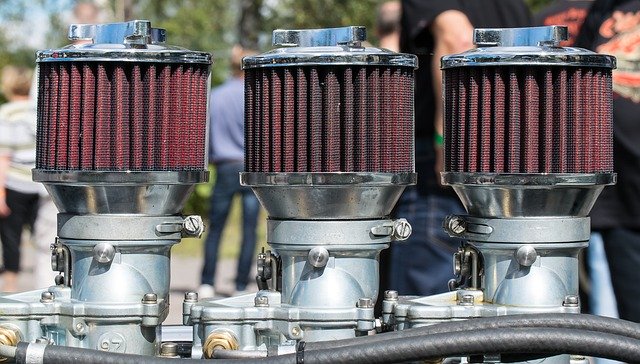In the realm of household chores, there are the glaring tasks – sweeping, mopping, and dusting – that vie for our attention daily. And then, there’s the quiet, often overlooked guardian of our everyday convenience, the humble dryer lint trap. While it may not demand our daily consideration, its importance is beyond measure.
The lint trap, a small screen that catches the byproduct of your laundry, isn’t just a lint collector; it’s a protector of your home’s safety, your dryer’s longevity, and your wallet’s well-being. This is the story of a hidden danger within your dryer and the simple yet essential measures you can take to tame it.
So, before you press that start button on your next laundry cycle, pause for a moment to uncover the truths about your dryer lint trap and why its maintenance is a task that should never be ignored. In this comprehensive guide, we will delve into the critical importance of cleaning your home’s dryer lint trap. From understanding the fire hazards associated with lint buildup to ensuring energy efficiency and prolonging the life of your dryer, this guide covers everything you need to know about the often overlooked but crucial task of lint trap maintenance.
Here is our post on The Importance of Cleaning Your Home’s Dryer Lint Trap
1. Fire Hazard Prevention
Perhaps the most critical reason to clean your dryer lint trap is fire prevention. Lint is highly flammable, and when it accumulates in the lint trap and dryer vent, it creates a dangerous environment. Lint buildup can ignite, leading to a dryer fire. According to the U.S. Fire Administration, thousands of residential fires are caused by dryers each year, resulting in injuries, deaths, and significant property damage. Regularly cleaning your lint trap is a simple but effective way to reduce this risk.
2. Energy Efficiency
A clogged lint trap makes your dryer work harder and longer to dry your clothes. This not only increases energy consumption but also results in higher utility bills. By keeping the lint trap clean, your dryer can operate more efficiently, reducing energy costs and environmental impact.
3. Prolongs Dryer Lifespan
Lint buildup in the lint trap and dryer vent can lead to overheating. Excessive heat can damage the heating element, thermostat, and other components of your dryer. Over time, this can significantly shorten the lifespan of your appliance. By cleaning the lint trap regularly, you help maintain the optimal operating conditions for your dryer, potentially extending its life.
4. Prevents Overheating
As mentioned earlier, lint buildup can cause your dryer to overheat. This not only damages the dryer but can also be a safety concern. An overheated dryer can pose a fire hazard in addition to damaging your clothes and the appliance itself.
5. Reduces Drying Time
A clean lint trap ensures better airflow in the dryer, which means your clothes will dry more quickly. Reduced drying time not only saves you time but also lowers your energy consumption and utility costs.
6. Preserves Clothing Quality
Lint from your clothes can accumulate in the lint trap and transfer back onto your garments during subsequent cycles. Over time, this can lead to pilling and increased wear and tear on your clothing. Regular lint trap cleaning helps preserve the quality and longevity of your garments.
7. Prevents Carbon Monoxide Exposure
If your dryer is gas-powered, a clogged vent can disrupt the combustion process, leading to the release of carbon monoxide, a colorless and odorless gas that is extremely dangerous. Cleaning the lint trap and vent helps maintain proper ventilation, reducing the risk of carbon monoxide exposure.
8. Improves Air Quality
Lint particles that escape from the lint trap and vent can become airborne in your laundry area. Inhaling these particles can lead to respiratory issues, allergies, and irritation. Regular lint trap cleaning helps improve the air quality in your home, creating a healthier environment for you and your family.
9. Enhances Dryer Performance
A clean lint trap not only makes your dryer safer but also improves its overall performance. Your dryer will run more smoothly and efficiently, reducing wear and tear on its components and ensuring consistent and reliable performance.
10. Peace of Mind
Knowing that your dryer is in good working order and not posing a fire hazard provides peace of mind. You can use your dryer with confidence, knowing that you’ve taken a simple yet crucial step to maintain its safety and efficiency.
See also our post on The Ultimate Guide to Cleaning and Maintaining Your Home’s Dryer
How to Clean Your Dryer Lint Trap
Cleaning your dryer lint trap is a straightforward task that should be done regularly. Here’s how to do it:
- Unplug the Dryer: Safety first. Before you start, unplug your dryer from the electrical outlet to ensure there’s no risk of it turning on during the cleaning process.
- Locate the Lint Trap: Open the dryer door and locate the lint trap. In most dryers, the lint trap is a screen or filter located near the door’s opening.
- Remove Lint: Use your hand or a lint brush to remove the lint from the trap. Pull it out gently and discard it in a trash bag.
- Inspect the Trap: After removing the lint, inspect the trap for any damage or wear. If it’s in poor condition, consider replacing it.
- Clean the Lint Filter: Occasionally, you may want to wash the lint filter with warm, soapy water to remove any residue from dryer sheets. Ensure it’s completely dry before putting it back in place.
- Vacuum the Lint Trap Area: Use a vacuum cleaner with a nozzle attachment to remove any remaining lint from the area around the lint trap.
- Reassemble and Plug In: Put the lint trap back in place, close the dryer door, and plug the dryer back in.
- Test the Dryer: Run the dryer for a few minutes to ensure it’s working properly and that the lint trap is securely in place.
See also our post on 5 Benefits of Regular Cleaning for Your Home’s Energy Efficiency
How Often Should You Clean the Lint Trap?
The frequency of cleaning your dryer’s lint trap can vary depending on how often you use the dryer and the types of fabrics you’re drying. However, a general guideline is to clean the lint trap before or after each use. If you notice that it’s taking longer than usual for your clothes to dry, this could be a sign of a clogged lint trap, and you should clean it immediately.
Conclusion
Cleaning your home’s dryer lint trap is not just a mundane chore; it’s a critical task that contributes to the safety, efficiency, and longevity of your dryer. By preventing fire hazards, reducing energy consumption, preserving your appliance, and ensuring the quality of your clothing, regular lint trap maintenance is a small effort with significant rewards.
As you stand before your dryer, waiting for the warmth and comfort of freshly dried clothes, take a moment to appreciate the importance of a clean lint trap. It’s your silent partner in ensuring that this essential appliance serves you well, dries your garments efficiently, and keeps your home safe. So, don’t overlook this simple yet vital task – embrace it as a measure of care for your home and your family’s well-being.














